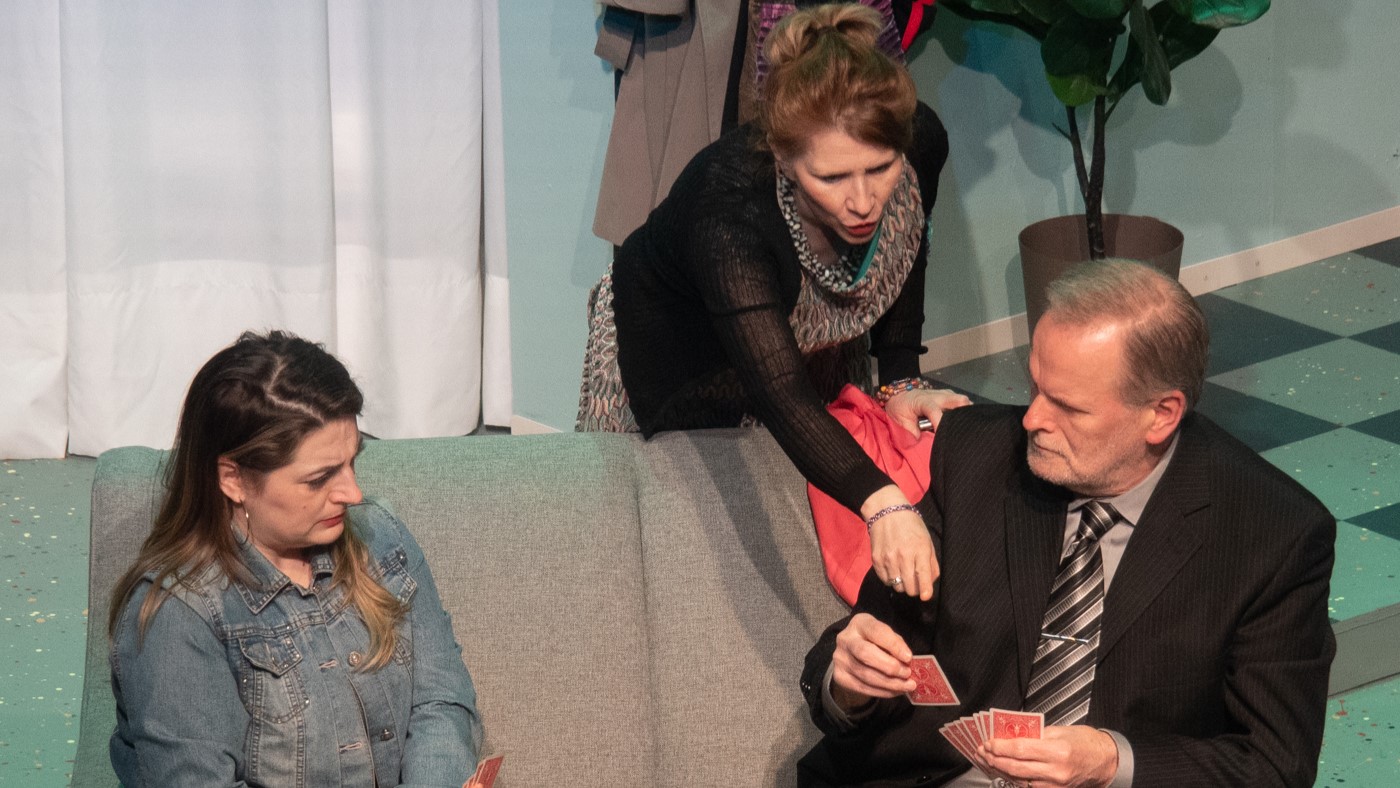

“How do you exercise? Do you go to physiotherapy?”
The are many different specialties and professions within health care, some specifically medical, others supportive (occupational therapists, social workers, and so on), but what they all have in common is asking me this question. They look at me, seated in my purple power wheelchair, joints visibly affected by severe rheumatoid arthritis (RA), and exercise is one of their first questions. Yes, even when their area of expertise is unrelated to the physical management of my illness.
Several years ago, I hit my tolerance level for this question and created what has become my stock answer: ”My life is a range of motion exercise.”
I grew up in the time before effective RA treatment, back when most people became wheelchair users within 10 years of diagnosis and I had a severe case. RA inflammation galloped through my body, damaged my joints, and left me with permanent joint changes, limited mobility and flexibility, as well as chronic pain.
By the time I was 16, I used a power wheelchair on a permanent basis and for a while, I juggled high school and intensive physiotherapy. Every time I went to physio, I left with deep exhaustion and a flare and often had nothing left for homework. So, I stopped in the intensive therapy for my body and instead chose school and having fun with my friends. Because living life as much as I possibly could was a priority.
Redefining What Exercise Means to Me
Since then, I have occasionally gone back to physiotherapy, only to learn again and again that my body cannot handle what we normally define as exercise, especially after I developed fibromyalgia in my 40s.
Resistance exercises to build muscles make my joints flare, pool exercises drain all my energy, and my body cannot withstand anything aerobic. For years, this was incredibly frustrating, but then I realized that applying an able-bodied definition of exercise to a disabled body was a recipe for physical and emotional pain. Instead, I needed to start with what my body is actually able to do and work from there — but do it slowly.
Next, I had to think about my goal and based on what I knew about my body’s ability envelope — a phrase that sounds so much better than limits — I thought the best I could do was to maintain my state of health and strength. That’s when I adapted a “use it or lose it” attitude to my daily life.
In other words, I do what I can, when I can. Doing small everyday tasks serve as exercise that maintains my ability. Whether it’s making the hot water for tea in the microwave (range of motion for my upper body) or standing with assistance to move from my wheelchair to my bed or the toilet (strength training for leg muscles and weight-bearing for the health of my bones), every task keeps my body going. And that keeps me and my life where I want it to be.
Explaining this to the exercise-obsessed health professionals is always interesting. The mental reset is often visible on their face, starting with incredulity, moving on to dismissal, and then there is a light bulb. I consider these moments my contribution to helping health care professionals be more inclusive.
Of course, it’s also valuable to not push yourself too far beyond what your body can handle. I know I’m not alone in spending much of my life with RA within a vicious circle of consistently more than I should, spend weeks healing the resulting flare, only to return to overdoing in an attempt to catch up.
It took several decades, but I finally learned that asking for help can stop that vicious cycle, and now, I ask my partner to make my tea and do the dishes when I have a bad day. This gives me the space to heal and helps me get back to my version of normal faster.
Taking the Long View of Exercise with Severe RA
I was satisfied with what I had; glad I was able to maintain my ability to function at a level that worked for me. But life is full of surprises, and I had a big one in store. After I found a medication that suppressed by RA, something changed. Gradually, I began to notice that I could do a bit more than I had several months before and that’s when I realized something important about making progress with severe RA: It’s gradual.
Sometimes, the progress happens so slowly that you don’t notice it until months later, when suddenly you’re able to do something you didn’t think feasible. For me, one of these surprising abilities is taking long walks in my wheelchair.
Being a power wheelchair user is often seen as something passive. There is a perception that you just sit in the chair and for most able-bodied people, sitting in the chair is not an active pastime. It’s not until you drive down a city street in a wheelchair that you understand how much of a workout it can be.
Every bump, every crack on the sidewalk, every curb cut travels through the chair and into your body, which exercises many different muscles. Each one of those bumps makes the muscles in my core tighten while simultaneously pushing a small but consistent resistance exercise through the footrests onto my feet. My right hand pushes against my joystick every second the way, while my left holds on to the purse on my lap.
It took months, even years, of shorter walks before I could go further without causing flare and at my best, I reached 12 km over a four-hour walk. And to prove my earlier statement about the “use it or lose it,” I currently can’t do quite as much due to several pandemic years of not getting that regular exercise. But I’m working on rebuilding my strength and stamina and that means taking a lot of walks in my wheelchair.
These days, we can be grateful for the development of medications that are making huge changes in treating RA. No longer is it inevitable to end up in a wheelchair; in fact, RA is becoming an invisible illness. This means you can often continue to exercise, to run, to be physically active. But despite the progress made in rheumatology, some may still have difficulty functioning due to an RA-related disability or perhaps a flare has slowed you down. But you can still keep active, within your current ability envelope.
Canada’s 24-Hour Movement Guidelines considers different levels of ability and is a good place to start. As Eileen Davidson shares in an article about her experience with exercise, these guidelines recommend a range of activities that defines exercise in more inclusive way. This includes light physical activity, such as standing, breaking up long periods of sitting still, and they even mention the importance of sleep.
When you have RA, your body changes and it’s important to remember to adjust your expectations along with these physical changes. When I get frustrated, I stop and ask myself whether I am applying a healthy and/or able-bodied expectation to my reality and often — because this one is hard to learn — the answer is “yes.” You might be thinking about physical activity in same way.
Exercise is possible with RA, but remember that you might need to adapt your perspective of how you exercise to the way your body works, not the average healthy person. Focus on what you can do and use the long view. If you measure your progress in months and years, rather than weeks, you’ll be surprised how far you can go.
Stay in Touch with CreakyJoints Canada
Part of the nonprofit Global Healthy Living Foundation, CreakyJoints is a digital community for millions of arthritis patients and caregivers worldwide who seek education, support, advocacy, and patient-centered research. All of our programming and services are always provided free of charge. As we grow CreakyJoints Canada we want to hear from you. Please join our email list to stay connected, learn about new content and initiatives, and send us suggestions and ideas.





